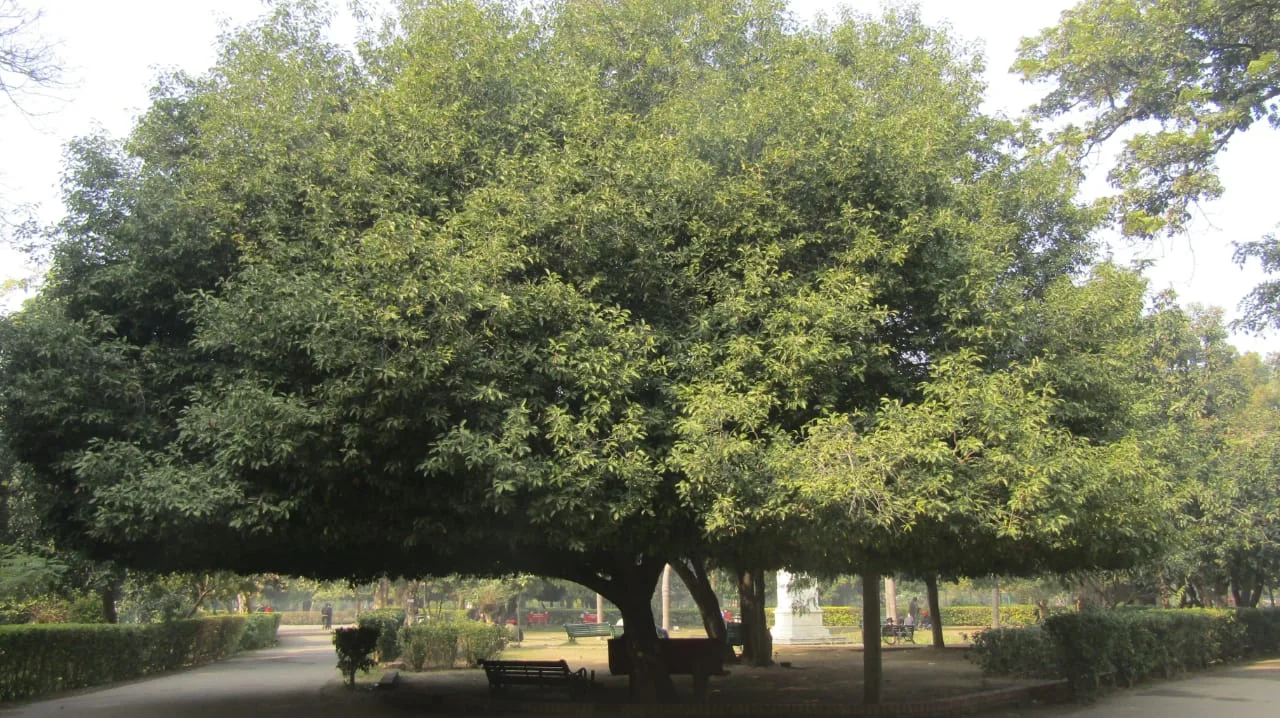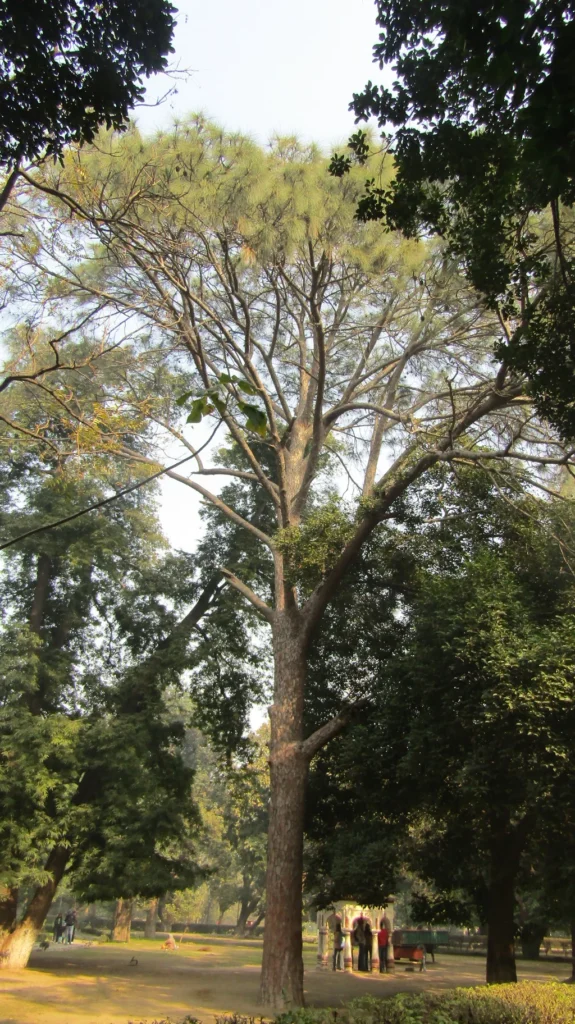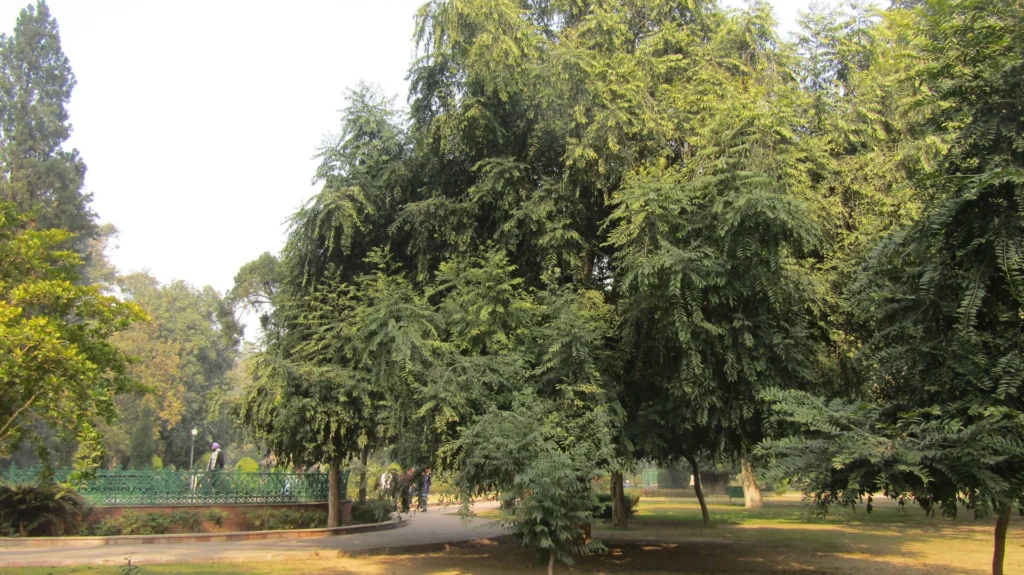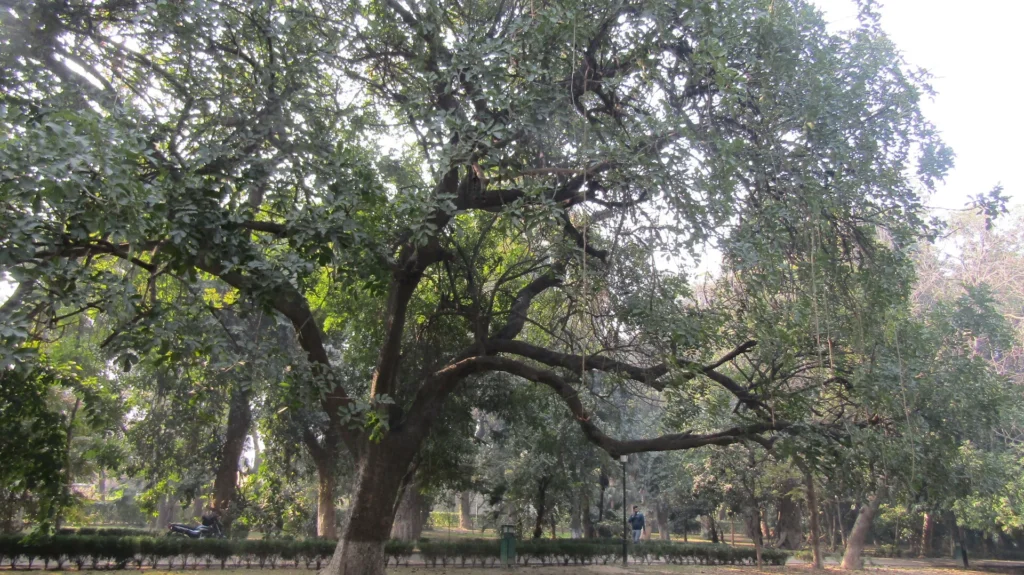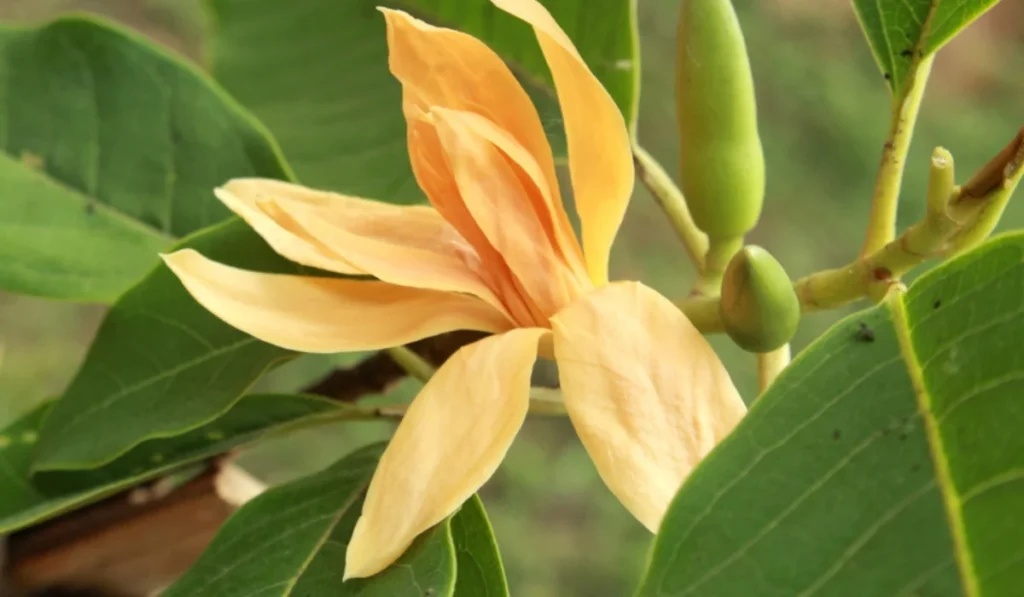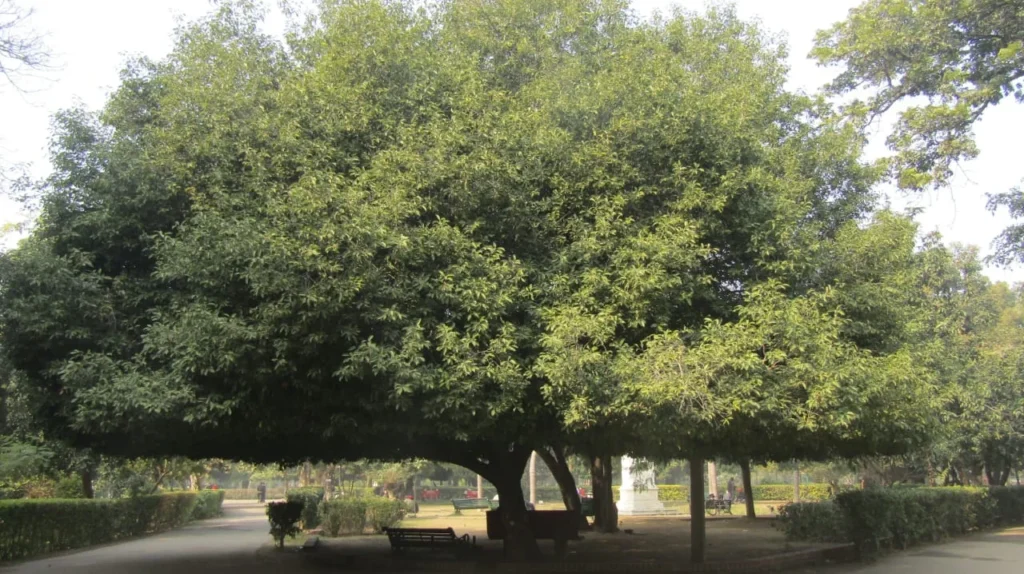Mimusops elengi is a medium-sized evergreen tree found in tropical forests in South Asia, Southeast Asia and northern Australia. English common names include Spanish cherry, medlar, and bullet wood.
- Kingdom:Plantae
- Characteristic feature:Tracheophytes
- Type of seed:Angiosperms
- Order:Ericales
- Family:Sapotaceae
- Genus:Mimusops
- Species:M. elengi
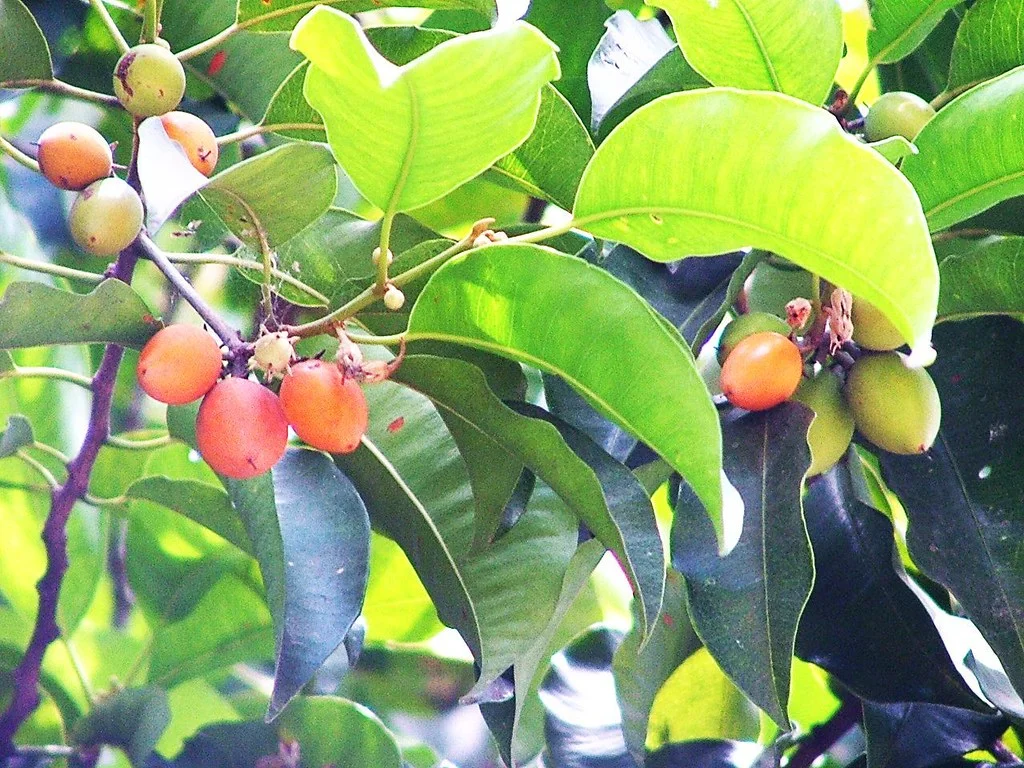
Spanish cherry or Maulsari, is a medium-sized evergreen tree with glossy, elliptic to obovate leaves. Its trunk is often straight and cylindrical, reaching heights of up to 30 meters. The bark is grayish-brown and rough.
It is characterized by several botanical attributes. The leaves are simple, alternate, and leathery, measuring about 5 to 14 cm in length. They are glossy green on the upper surface and lighter beneath. The tree is dioecious, meaning individual plants are either male or female, with separate flowers on different trees. The fragrant flowers of Mimusops elengi are bisexual, possessing both male and female reproductive organs. Each flower has a tubular corolla with four fleshy, white petals.
The tree blooms throughout the year, and its flowers are often used in traditional medicine and perfumery. The fruit is a berry, approximately 2 to 2.5 cm in diameter, containing a single seed. When mature, the fruit turns yellow-orange and is edible, albeit with a slightly sweet taste. These botanical features contribute to the ecological importance and horticultural appeal of Mimusops elengi.
Daily Use Case
It serves multiple purposes. Its medicinal applications extend to various parts of the tree, including the bark, leaves, and fragrant flowers, which are believed to possess antimicrobial and anti-inflammatory properties. Beyond its healing potential, the tree contributes to perfumery, with its aromatic flowers used to create scents and essential oils. Culturally and religiously significant, Mimusops elengi finds a place in ceremonies. The hard and durable wood, known as bullet wood, is employed in woodworking for crafting furniture and implements. Additionally, the tree’s ornamental value makes it a popular choice in landscaping, adorning gardens and public spaces. While not a staple food source, the slightly sweet-tasting fruit adds to the tree’s diverse utility. This multifaceted role underscores the importance of Mimusops elengi in both practical and cultural contexts.

